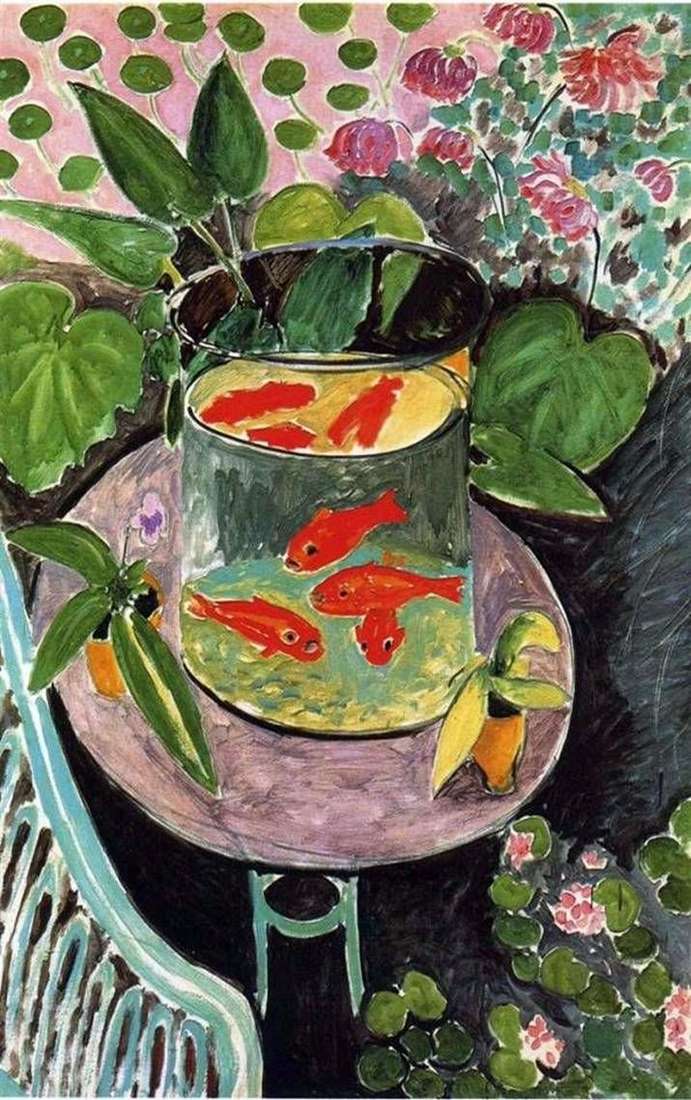
The painting “Red fishes” is located at the junction of two stylistic trends – impressionism and fauvism. Moreover, if you align the canvas to the first, then it’s rather Gogonian impressionism, and if you refer Rybk to the second current, then rather this work is only the forerunner of the main artistic movement, whose brightest representative was Henri Matisse.
The culminating compositional center, exactly like the light one, is fish, organized in a circular motion. Four cute fish, the reflection of which we see from the top of the clear water surface, are in stark contrast to the greens, in the excess surrounding aquarium – the author placed it on a small round table that echoes the circulation of the fish.
The use of bright pure colors, the rejection of half tones and light and shade creates the illusion of a pure gaze – only a child can look at the world directly and joyfully. The picture refuses to tell anything, but only to cause bright emotions, and she copes with this task.
An almost realistic bright picture is distinguished by a non-standard attitude to the perspective – the viewer sees an aquarium with amazing fish on the side, while the table is shown from above, and this is an almost perfect circle. However, Matisse balances this irrationality by the fact that the thin table leg presents us from the side, thus achieving harmony and harmony of the overall composition.
The Symbolists would see in this work one steady leitmotif – this is a circle. A round table, a round base of the aquarium, round leaves of most greenery around, round eyes of fish and even their round mouths, and all this is framed by a round park fence with smooth, strongly elongated oval patterns. And besides, the fish swim in a circle!
What the author meant by this is difficult to say, however, all the work turned out to be some kind of pure, bright, incredibly pleasant and harmonious. This is a delightful simplicity and transparency, from which it is impossible to look away.
Today, it is possible to marvel at this incomparable work in Moscow in the Pushkin Museum, thanks to the first and only private owner, the philanthropist S. I. Shchukin, with whom Matisse had a warm friendship. In 1912, Shchukin bought “Fish” from the author and brought to Russia.
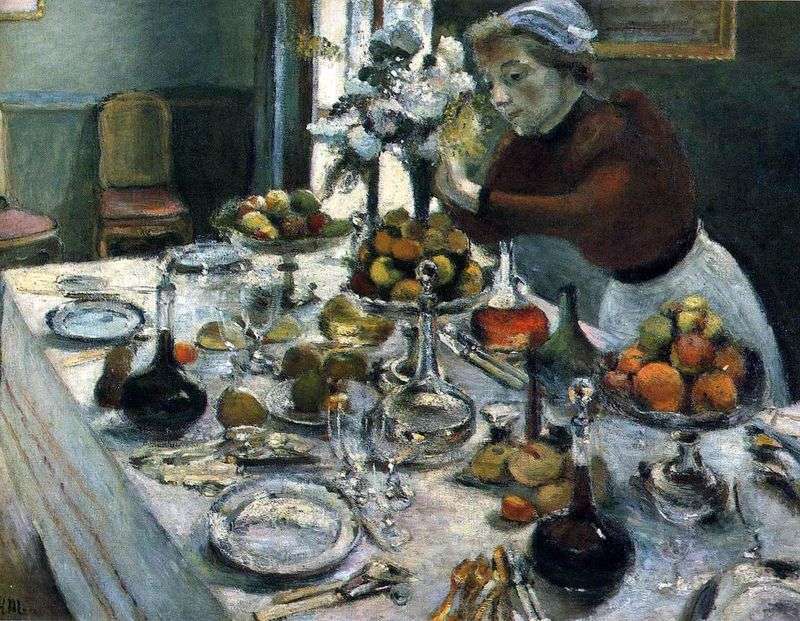 Dining table by Henri Matisse
Dining table by Henri Matisse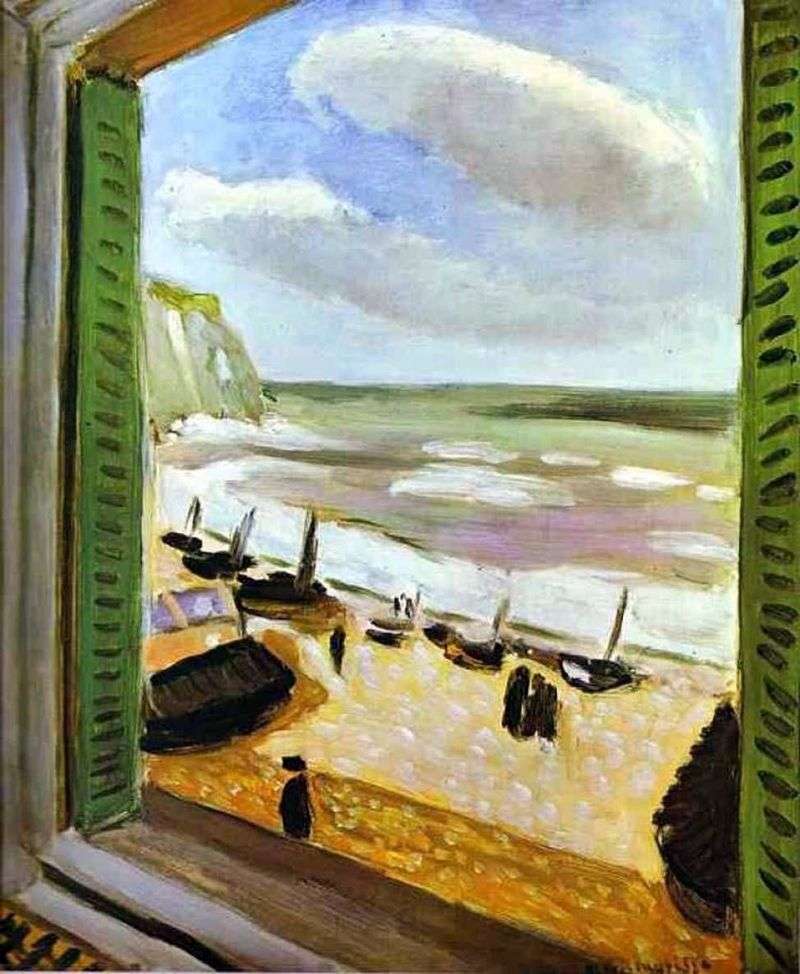 Open window in Collioure by Henri Matisse
Open window in Collioure by Henri Matisse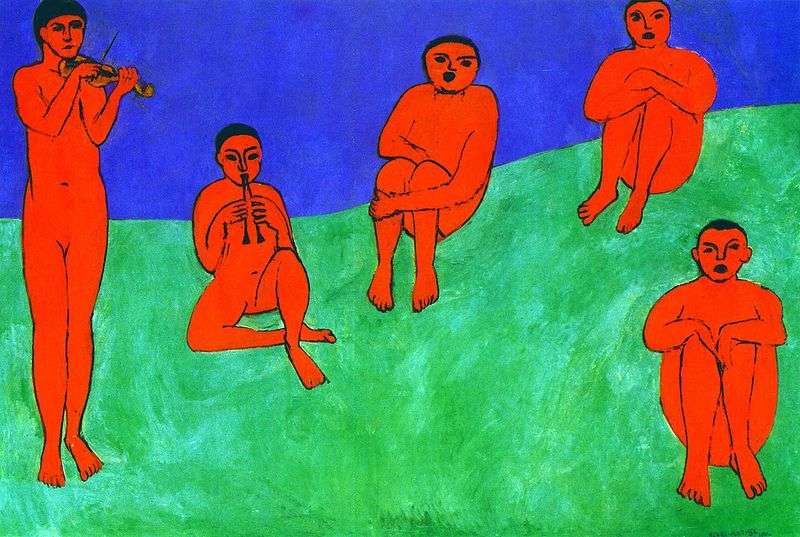 Music by Henri Matisse
Music by Henri Matisse Blue Nude by Henri Matisse
Blue Nude by Henri Matisse Goldfish and palette by Henri Matisse
Goldfish and palette by Henri Matisse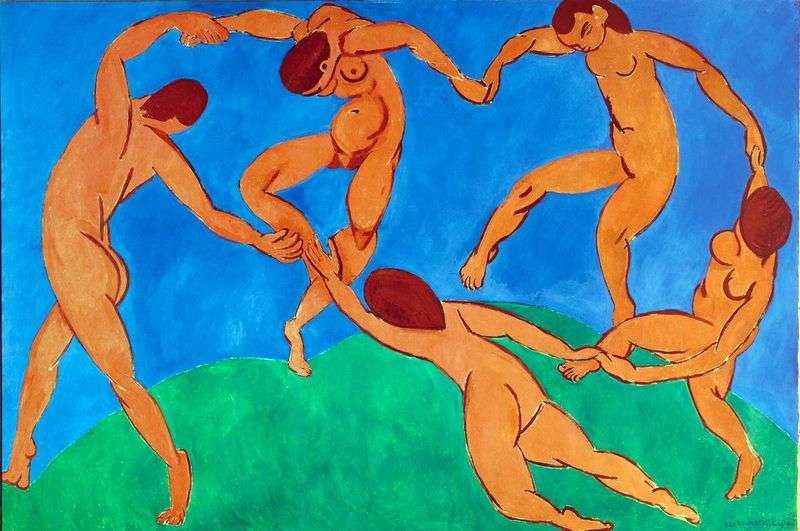 Dance II by Henri Matisse
Dance II by Henri Matisse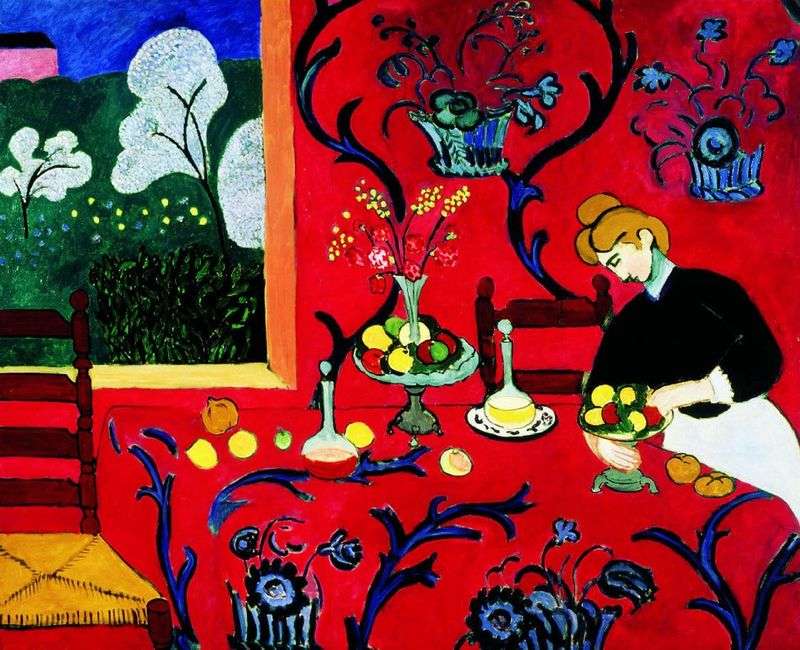 Red Harmony (Dessert) by Henri Matisse
Red Harmony (Dessert) by Henri Matisse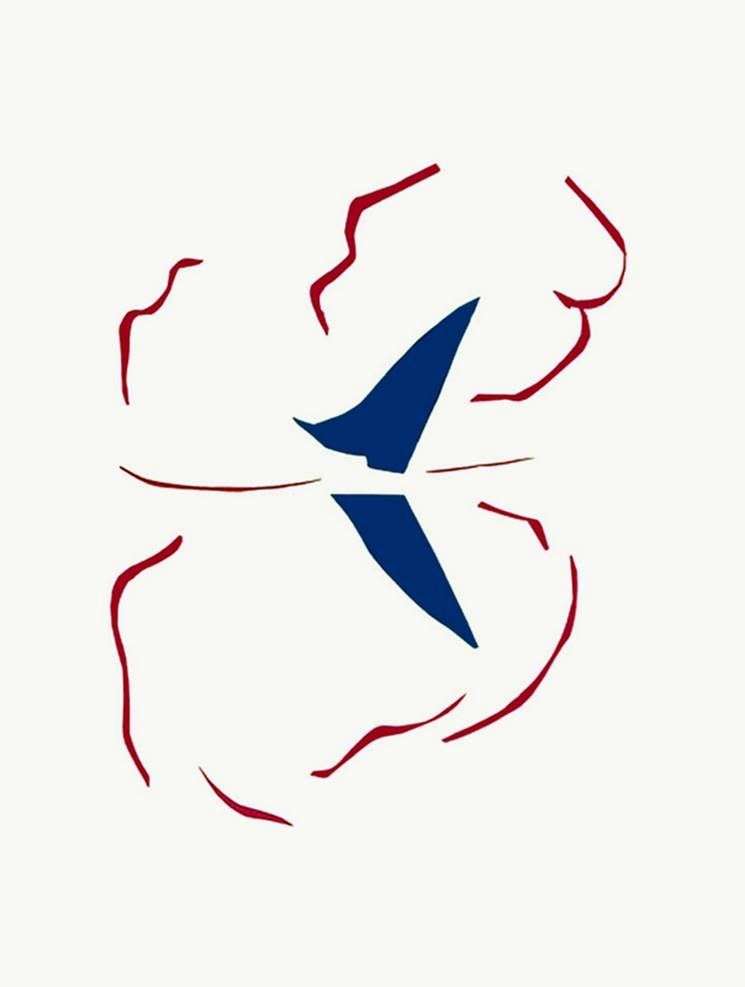 Boat by Henri Matisse
Boat by Henri Matisse